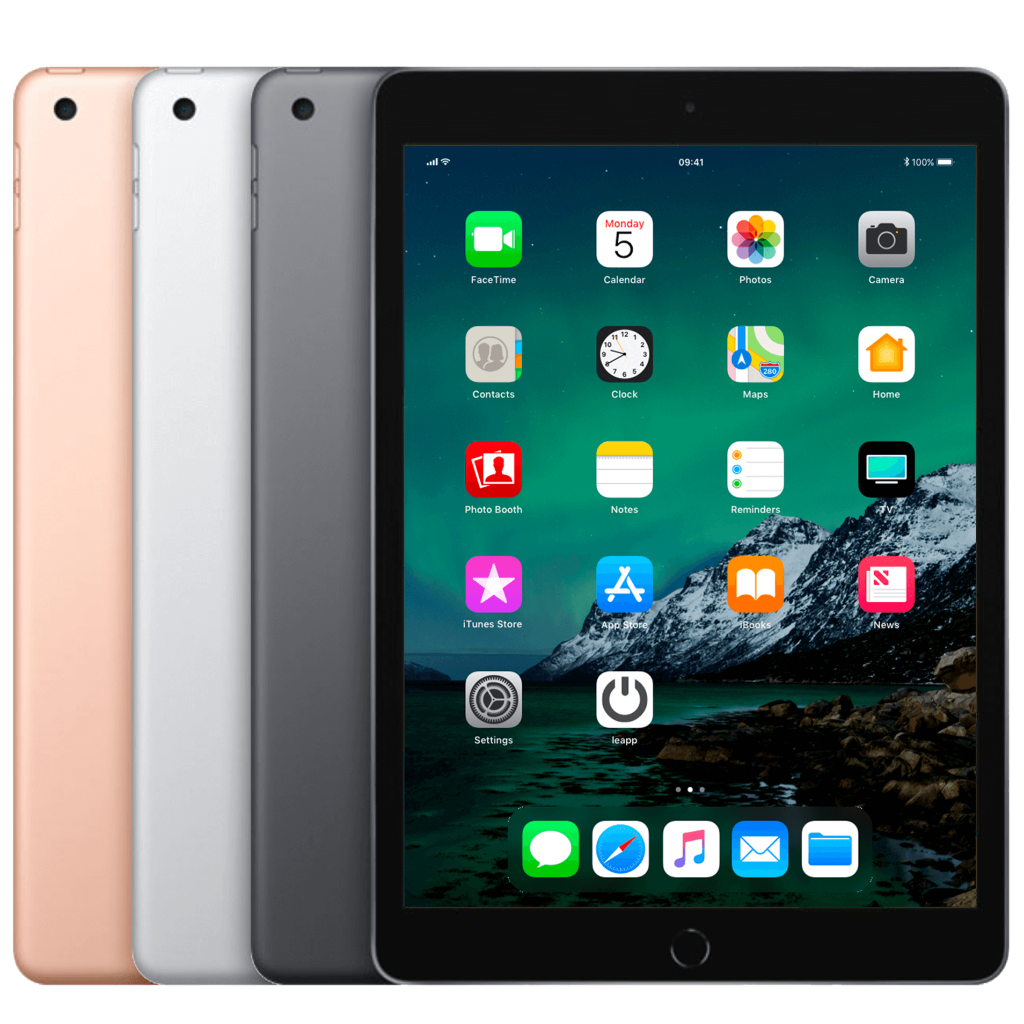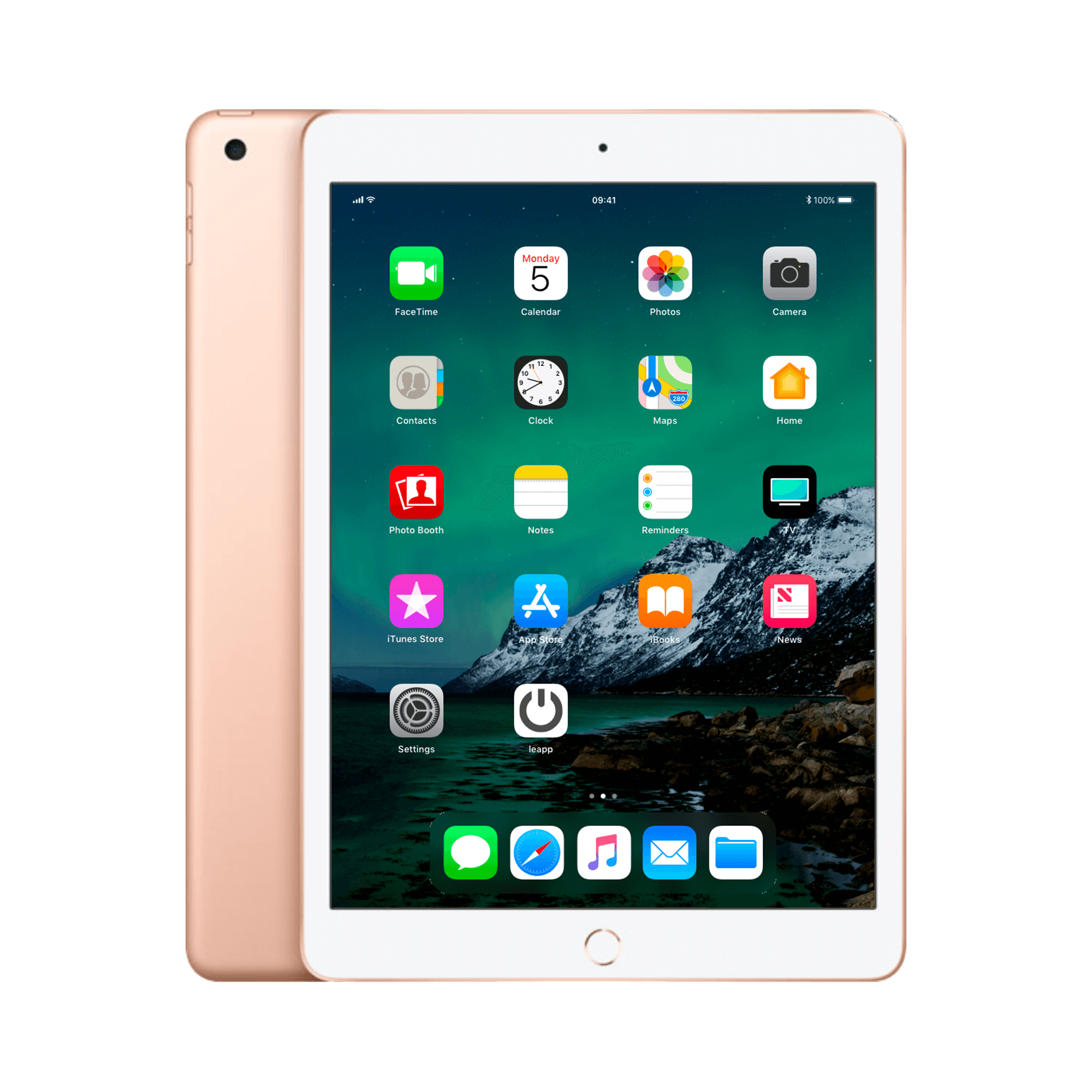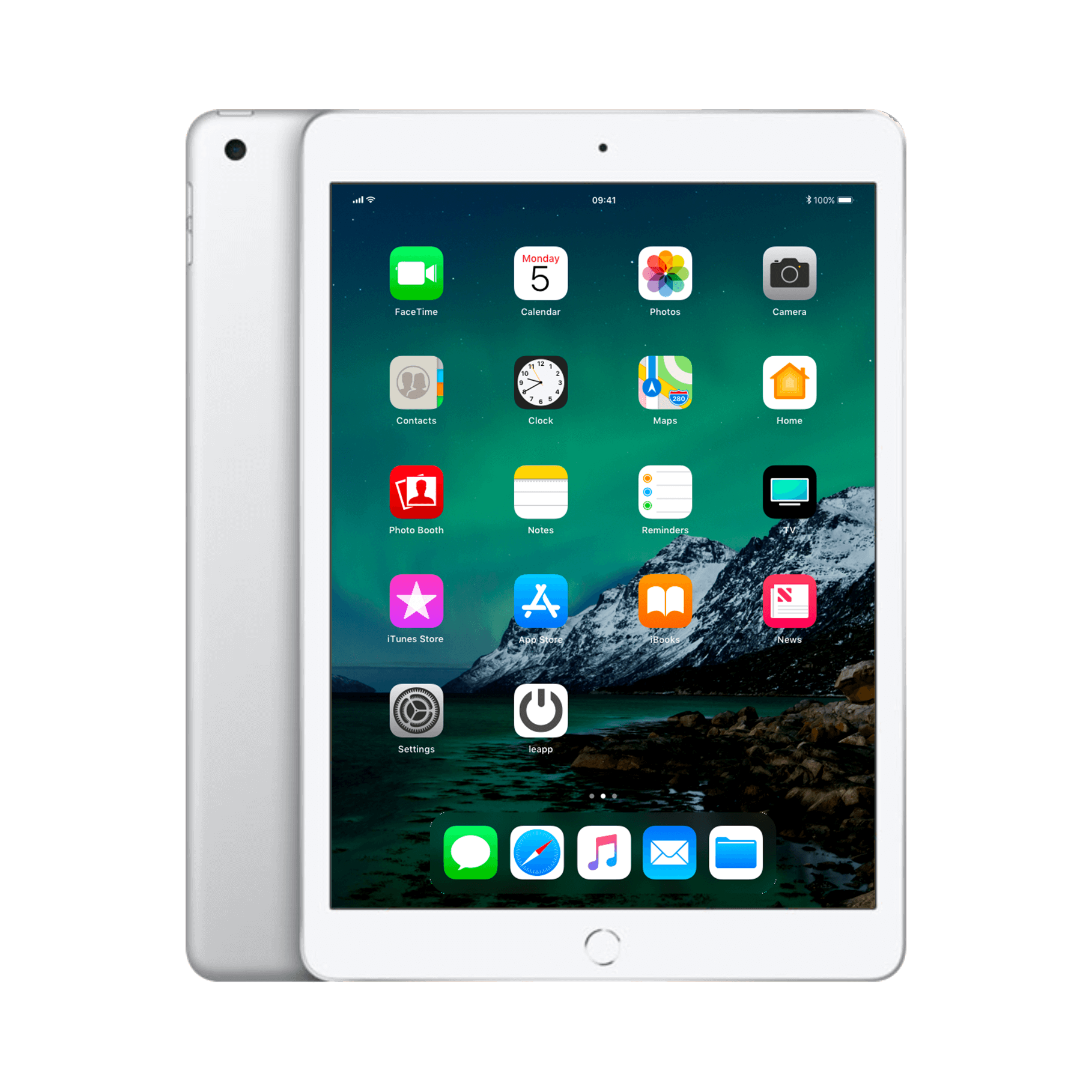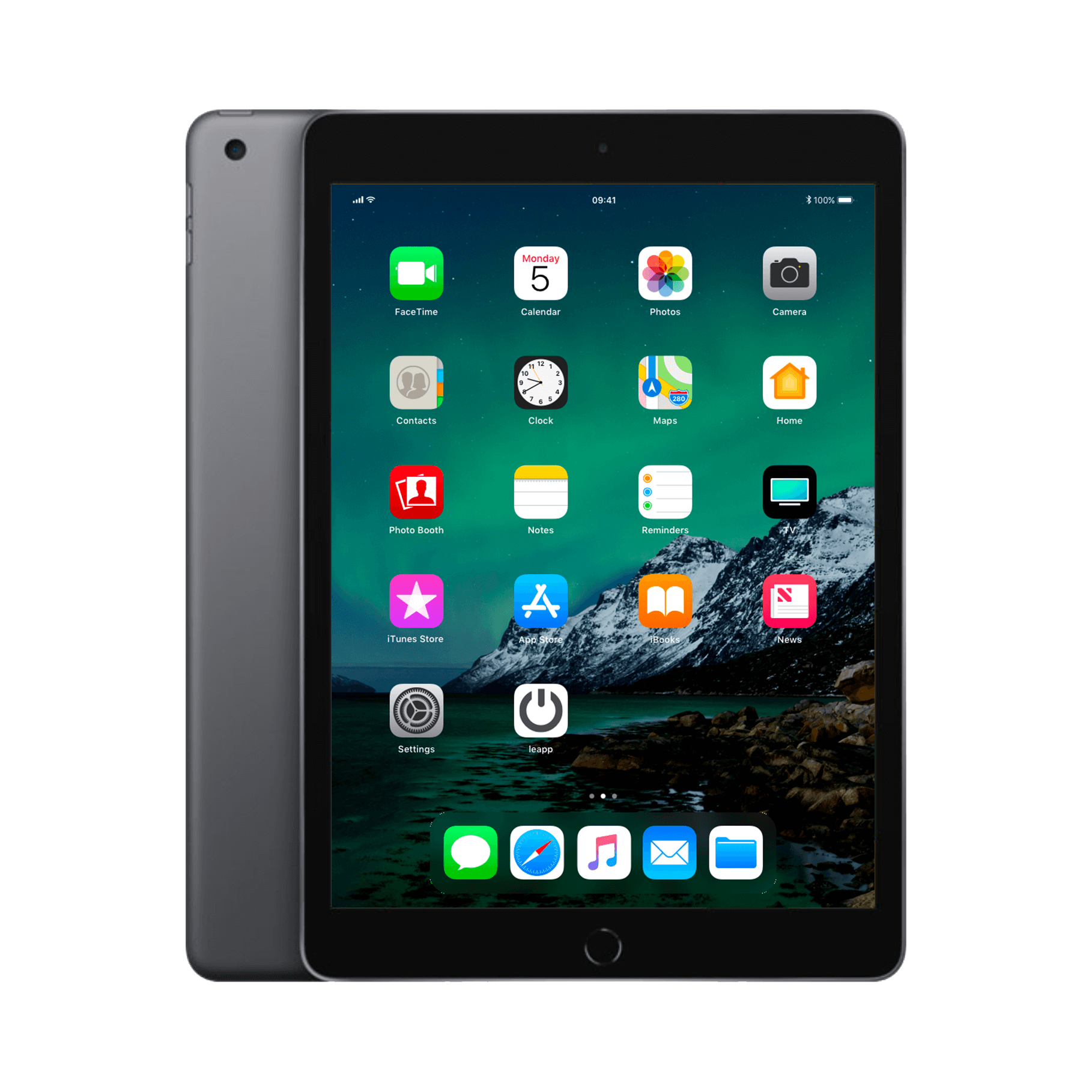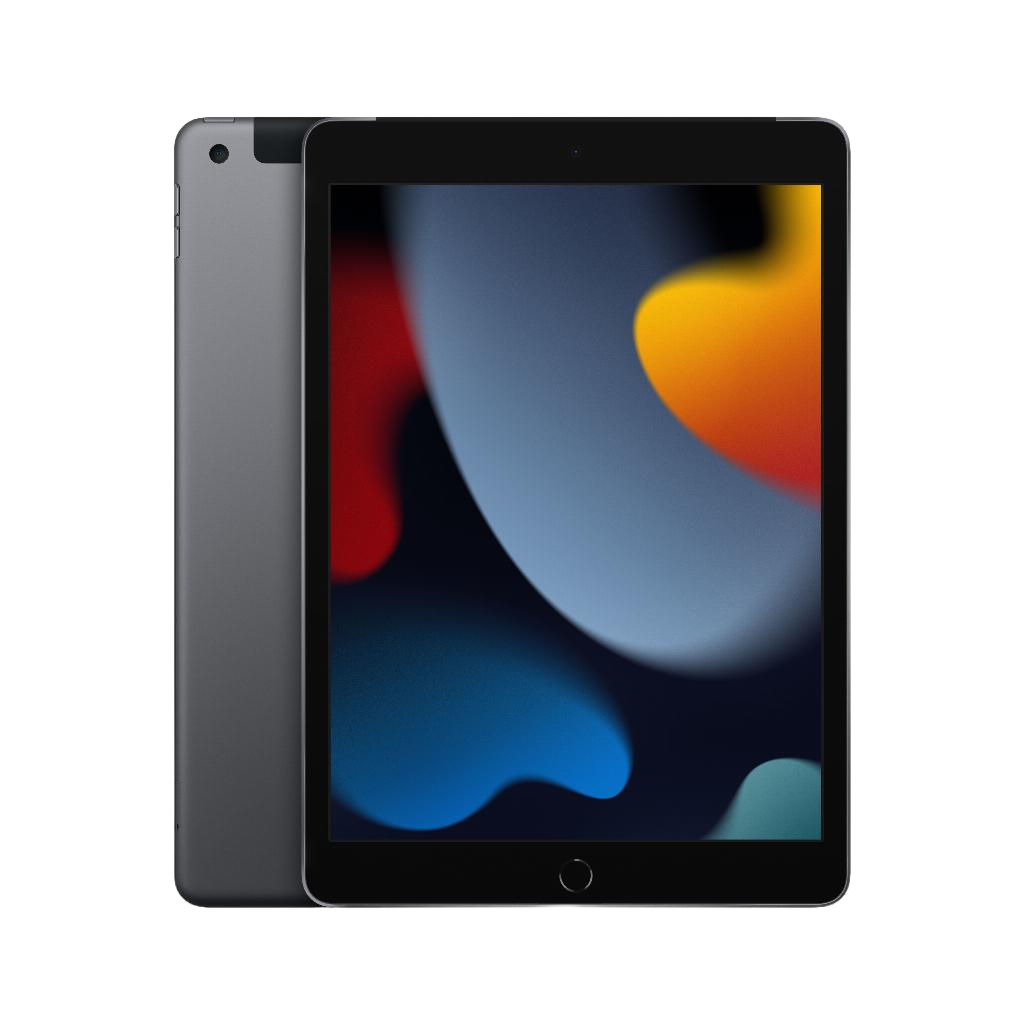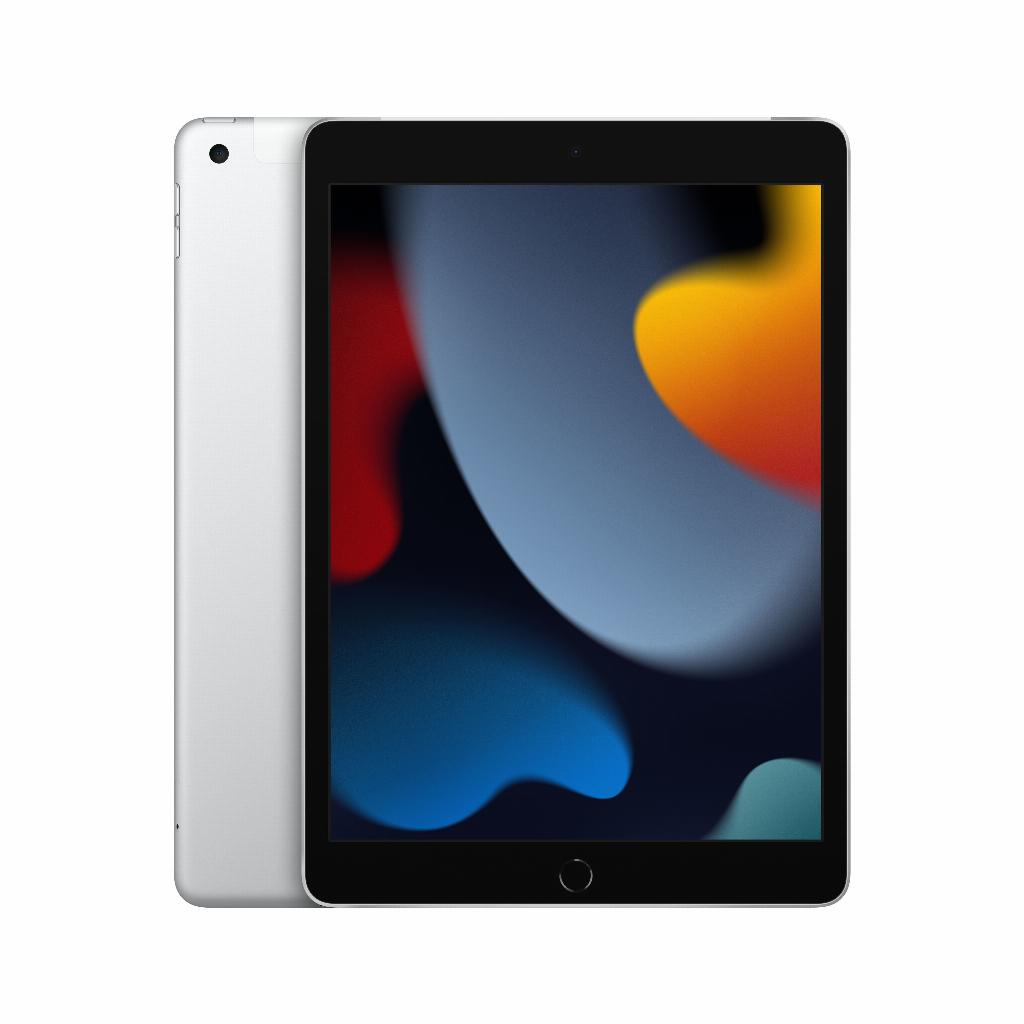Why Your iPad Battery Lies About Its Percentage
Your iPad is shutting down again at 30% battery. Those percentages haven't been accurate for a while. You've tried everything: fewer apps, lower brightness, even new accessories for faster charging . Nothing really helps.
But here's the thing: that battery probably isn't dead at all. The battery percentage is just lying . Years of random charging confuses the software about how much power is actually left. Just like your AirPods sometimes suddenly jump from 50% to 10%.
The good news? A simple calibration will reset those inaccurate readings. No need for a new battery, no expensive repairs . Just five steps you can take tonight. And tomorrow you'll finally know where you stand with that battery.
Useful links
When is battery calibration necessary?
Your iPad shows 45% charge but suddenly shuts down. Or the percentage jumps from 80% to 60% in a few seconds. These are classic signs that the battery meter is no longer accurate. The problem is usually not with the battery itself, but with the software that measures its capacity.
Years of random charging—quickly to 70%, then back to 100%, sometimes completely empty—confuses the measuring function. The device simply no longer knows how much energy the battery actually contains. This phenomenon occurs with all lithium-ion batteries, from iPads to electric cars.
The science behind battery calibration
A lithium-ion battery doesn't have a memory effect like old nickel-cadmium batteries. However, the software that calculates the battery percentage does need to be reset regularly. This software uses reference points: what is completely empty and what is completely full?
Over time, these reference points shift. For example, the system thinks 3.7 volts means "empty," while the battery is only truly empty at 3.3 volts. A full charge and discharge cycle forces the system to re-measure these values.
The complete calibration process in detail
Preparation
Make sure you have time. The entire process takes about 24 hours. So schedule it for a weekend or when you won't be needing your iPad. Back up important files first. While calibration is safe, a backup is always a good idea.
Disable automatic updates during the process. An update midstream can disrupt calibration. Go to Settings > General > Software Update and temporarily disable automatic updates.
Step 1: The full load
Connect your iPad to its original charger or a certified charger. Charge it to exactly 100%. This usually takes 2-4 hours, depending on the model and the current charge level. Do not use the iPad while charging—no videos, no apps, nothing.
Once the battery reaches 100%, leave the iPad connected to the charger for at least another two hours. This will create a trickle charge—small bursts of energy that fill the remaining cells. This step is crucial for accurate calibration.
Step 2: The controlled discharge
Unplug your iPad and use it normally. Stream a movie, work on documents, or browse the web. The goal is to completely drain the battery. Set the screen brightness to around 50% for a realistic discharge rate.
Important: Let the iPad shut down on its own. Do not manually turn it off at 5% or 10%. The device should determine when the battery is truly empty. This usually occurs between 0% and 3%.
Step 3: The rest period
Leave the iPad powered off for at least five hours. Better yet, overnight. During this time, the battery will discharge its last remaining energy. This is called "deep discharge" and is essential for resetting the battery meter.
Don't try to turn on the iPad during this period, not even to see if it still works. Patience is key.
Step 4: The final load
Reconnect the iPad and charge it to 100% in one go. Don't use it while charging. Don't "quickly check" it at 80%. The software needs to record an uninterrupted charge cycle for optimal calibration.
Alternatives to calibration
Sometimes calibration isn't enough. Then there are other options:
- Software reset: Sometimes a complete software reset can fix battery issues. Go to Settings > General > Transfer or Reset iPad.
- DFU Mode: For persistent issues, you can put the iPad into DFU mode and reinstall it via iTunes or Finder.
- Battery replacement: For iPads older than three years, the battery may be worn out. Apple replaces batteries for around €109.
Preventive maintenance for your battery
After successful calibration, you naturally want the effect to last. Here are some practical tips:
Ideally, charge between 20% and 80%. Completely empty or full puts stress on the battery. Therefore, Apple's optimized charging automatically stops at 80% if you have a fixed charging pattern.
Avoid heat. Leaving an iPad in direct sunlight or a hot car will permanently damage the battery. The ideal temperature is between 16 and 22 degrees Celsius. In freezing temperatures, the battery performance will temporarily decrease, but this will return to normal at normal temperatures.
Use original or MFi-certified chargers. Cheap counterfeit cables can disrupt the charging cycle and damage the battery over time.
Specific tips per iPad model
iPad Pro models
The Pro models have advanced battery management software. Calibration is rarely required, at most once a year. The ProMotion display automatically adjusts the refresh rate, which saves battery life.
iPad Air and standard iPad
These models benefit most from regular calibration, about every three months. They have less advanced battery software than the Pro line.
iPad mini
The mini's compact battery is more susceptible to degradation. Calibrate every two months and avoid extreme temperatures.
When to seek professional help
Sometimes a rapidly draining battery indicates other problems. Seek help if:
- The iPad gets extremely hot during normal use
- The battery is swelling (you can see the screen rising)
- Calibration doesn't help after three attempts
- The iPad turns off when the battery is above 20%
These symptoms could indicate hardware problems requiring professional repair. A refurbished iPad from Leapp has already undergone these checks, giving you peace of mind about the battery's quality.
Conclusion: Calibration prevents battery problems
Battery calibration usually fixes those annoying jumps in battery percentage. It'll take a day, but then you'll know exactly what to expect. If it still doesn't work after three tries, it's probably time for a new battery or a refurbished iPad with its battery health already checked.
Regular calibration —about every quarter—and a smart charging policy between 20% and 80% will prevent most problems. This way, you'll get years of hassle-free enjoyment out of your iPad.


